Israel’s military campaign against Iran is fueled by a blend of motivations — some strategic, some political, and others deeply existential. Israeli Prime Minister Benjamin Netanyahu sees this moment as a historic opportunity to protect Israel, cement his legacy and hold on to power in a time of domestic upheaval. For Netanyahu, this is not just a military campaign — it’s a personal and political imperative.
Core motivations behind Israeli actions
- Existential threat. Israel regards the Islamic Republic of Iran as a fundamental, long-term threat to its survival. This belief is rooted in Iran’s open hostility, support for anti-Israel proxy groups, and ongoing nuclear ambitions. While Iran claims its nuclear program is defensive, Israel sees it as a direct challenge to its existence.
- Political survival and personal legacy. Netanyahu’s leadership is under intense pressure at home, with growing protests and the threat of corruption charges if he loses office. In his eyes, a successful military campaign could reinforce his position and define his legacy.
- Combating terror and regional destabilization. Israel presents itself as taking on what the West won’t: challenging a radical regime that funds terror groups and exports instability across the Middle East. This, in Israel’s framing, is about neutralizing not just Iran but its entire proxy network.
- Rallying domestic unity. In a country bitterly divided over judicial reforms, religious military exemptions and political polarization, war acts as a temporary unifier. Netanyahu’s critics, however, argue that the timing is convenient — war distracts from internal dissent.
- Shifting alliances and strategic autonomy. Having abandoned hopes of European support, Israel is laser-focused on securing American backing. It sees the United States as its only indispensable ally and is acting accordingly.
Israel’s multi-layered strategy against Iran
Israel’s short-term military goals are to:
- Strike nuclear facilities. Israel’s immediate objective is to degrade or destroy Iran’s nuclear infrastructure, with reports already suggesting nuclear-targeted strikes have taken place.
- Decapitate military leadership. Israel is systematically eliminating senior Iranian commanders, aiming to cripple Tehran’s ability to respond coherently and quickly.
Israel’s medium- to long-term goals include:
- Regime change. Although not openly stated in diplomatic circles, regime change is a desired outcome. Israeli leadership sees this campaign as the beginning of that process.
- Fragment Iran. The most ambitious version of Israel’s strategy envisions Iran fractured into ethnic and regional enclaves, much like post-civil war Syria — Baluchis secede, Iranian Azerbaijanis unify with Azerbaijan, Kurds establish autonomy or independence.
- Collapse through internal pressure. Beyond bombs, Israel is counting on relentless economic pain — unemployment, inflation and widespread disillusionment among Iran’s youth — to eventually bring the regime down from within. The idea is that a society pushed to the brink will revolt.
- Create a more liberal Iran. The long-term vision is a secular Iran, possibly led by a Western-leaning youth movement. A post-clerical Tehran would focus on trade and growth — “commerce, not chaos” — benefiting regional stability and Israel’s strategic position.
Doubts, risks and global implications
Is a regime change realistic? Critics, including UK intelligence agency MI6, call the idea of toppling the Iranian government through airstrikes and assassinations “delusional.” While urban elites might be disillusioned, Iran’s rural, conservative base — and more importantly, its armed forces — remain loyal to the regime.
The strikes may have blowback. Far from weakening Tehran, Israeli strikes may actually rally domestic support around the regime. Many Iranians, regardless of ideology, might resent foreign attacks, especially from Israel, which is widely condemned in the region for its war in Gaza.
Across the Atlantic, the US is walking a tightrope by offering air defense support to Israel but stopping short of direct strikes on Iran. While political pressure in Washington to back Israel remains high, the administration of US President Donald Trump is wary of being pulled into another Middle Eastern war without a clear exit strategy.
Other global powers sit on the sidelines. Europe is unlikely to back Israel militarily, especially amid outrage over its actions in Gaza. Russia is preoccupied with Ukraine but might make a quiet deal with Israel to stay out of Iran in exchange for concessions elsewhere. China wants Iranian oil but lacks the naval power to intervene far from home.
So, despite regional escalation risks, a global conflict remains improbable in the short term. But proxy wars, oil disruptions and economic ripple effects are all very much on the table.
Israel’s domestic fault lines and strategic memory
Israel itself is not without problems. The country is deeply divided over religion, governance and civil-military relations. While war might rally short-term unity, prolonged conflict risks deepening these internal fissures. Protests, especially among reservists, could reignite if public support wanes.
Any talk of regime change in Iran revives painful memories of past Western interventions — especially the 1953 US/UK-backed coup that removed the democratically elected Prime Minister Mohammad Mosaddegh and installed Shah Mohammad Reza Pahlavi. That event ultimately helped fuel the 1979 Islamic Revolution. Today’s Iranian regime still invokes that betrayal to justify its distrust of the West.
Where might this go?
This episode could lead to a temporary de-escalation. Both sides could eventually pause the conflict to claim political wins: Iran to protect its leadership and wealth, Israel to showcase operational success.
The fighting could escalate into a broader war. Iran could target US or European assets, ignite regional tensions in the Gulf or activate proxies like Hezbollah or the Houthis. Global oil markets would be the first to feel the shock.
This conflict could see a prolonged stalemate. Months of inconclusive fighting may drag on, sapping both economies and fueling domestic unrest, without delivering strategic breakthroughs for either side.
Final reflection
The future is murky. What’s unfolding is more than just a clash between two nations — it’s the unraveling of an old order. The post-Sykes–Picot map of the Middle East is dissolving, with fragmented states, emboldened non-state actors and a rising risk of a regional war with no clear end.
[Lee Thompson-Kolar edited this piece.]
The views expressed in this article/video are the author’s own and do not necessarily reflect Fair Observer’s editorial policy.









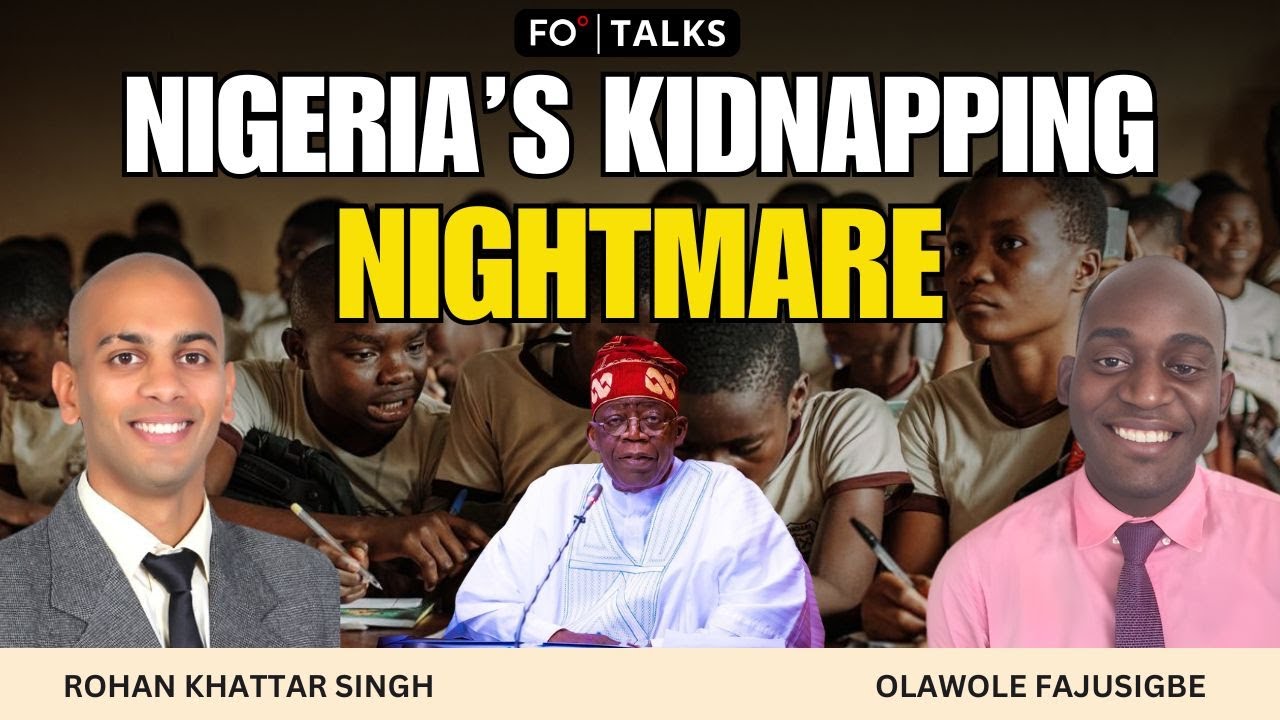

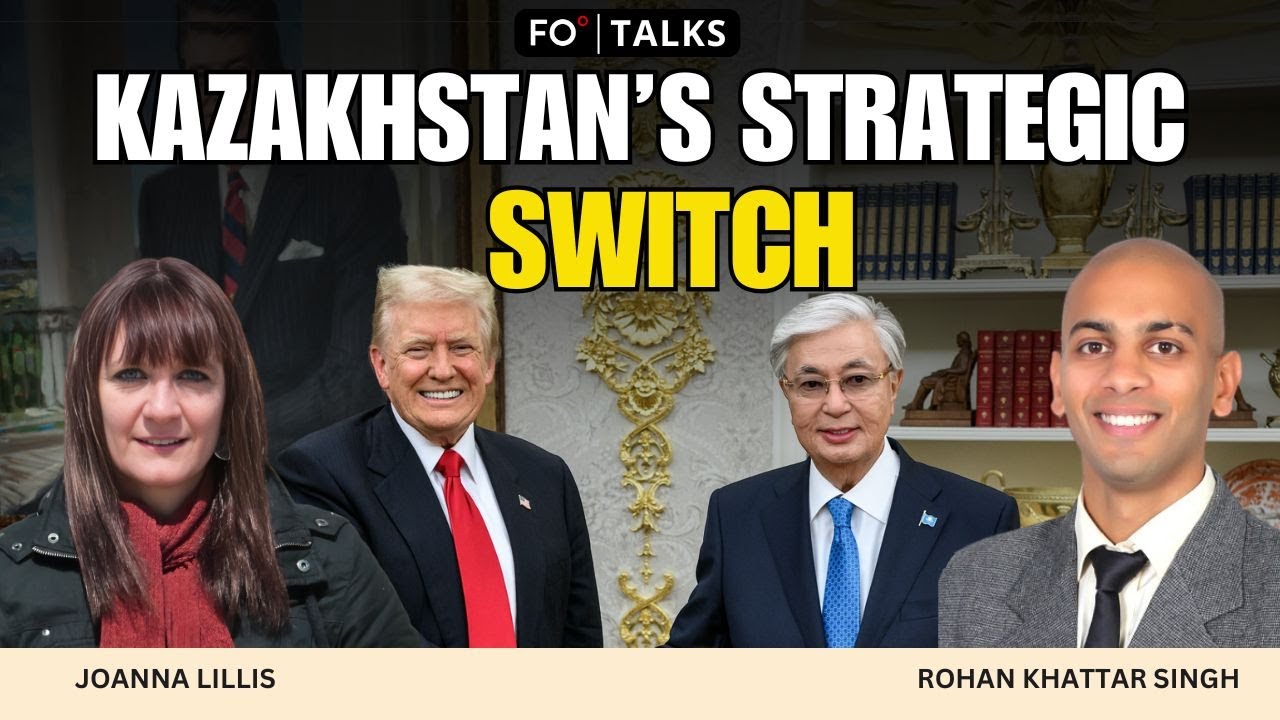











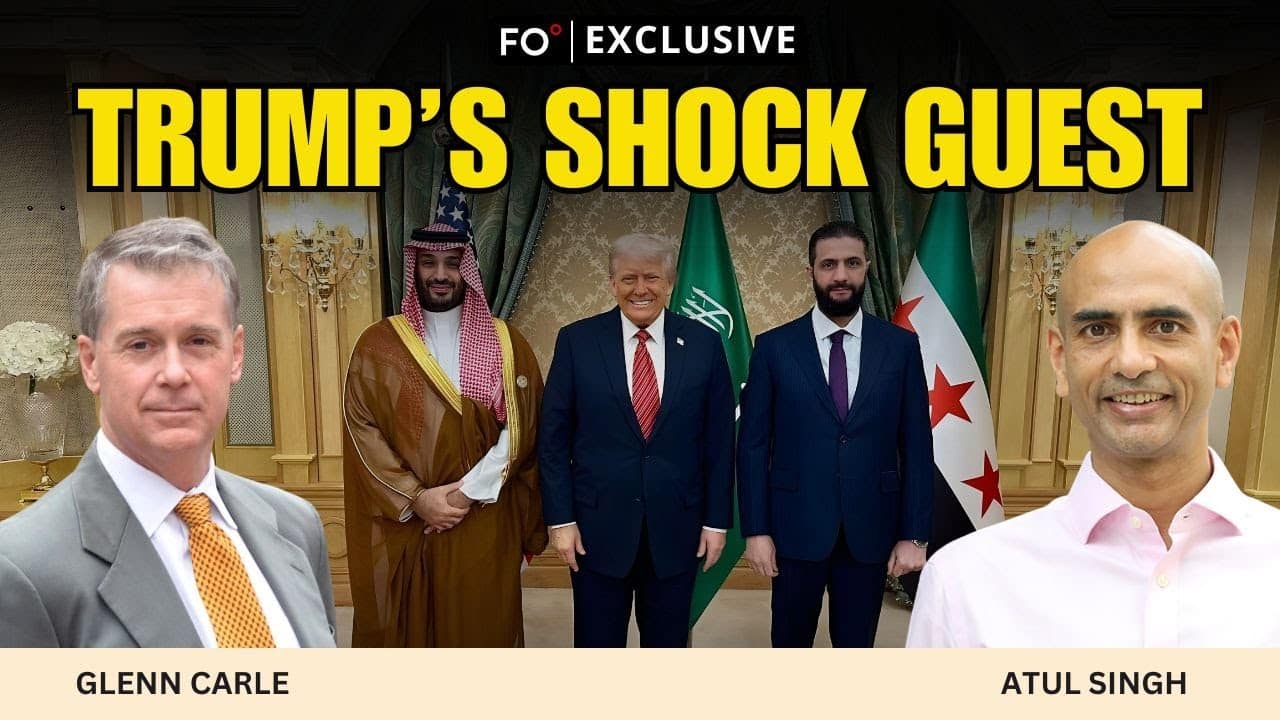
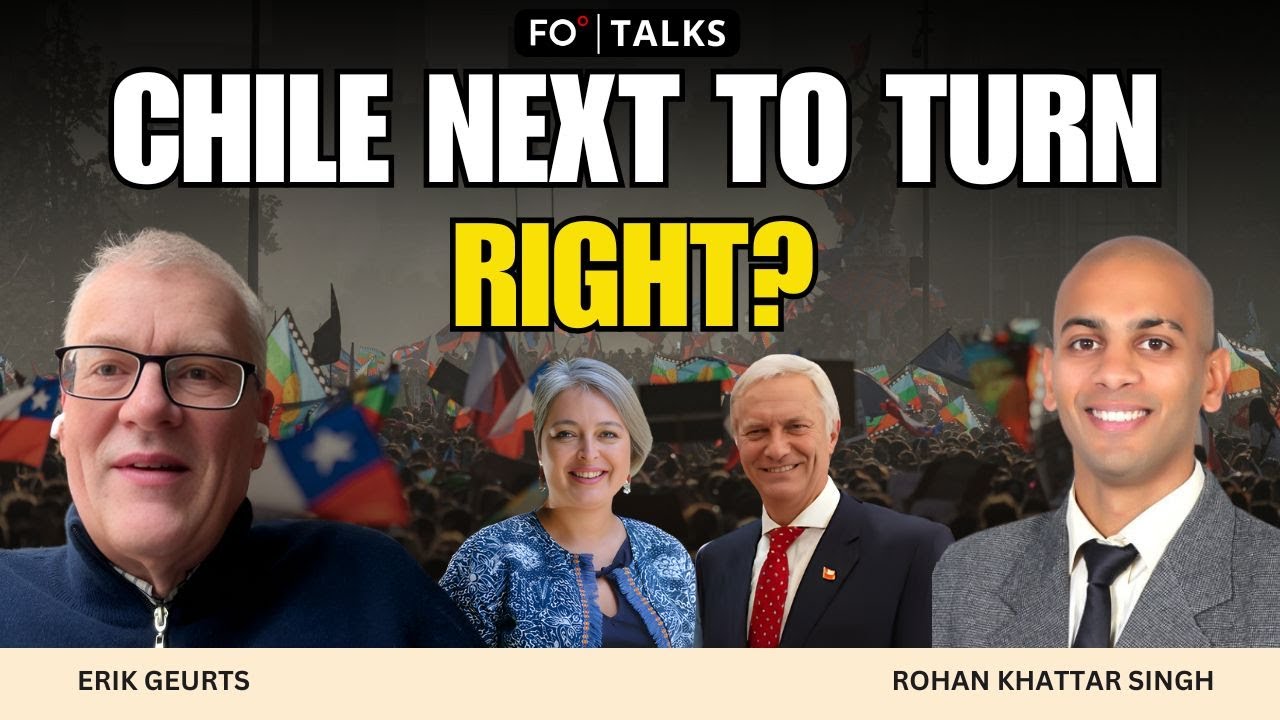










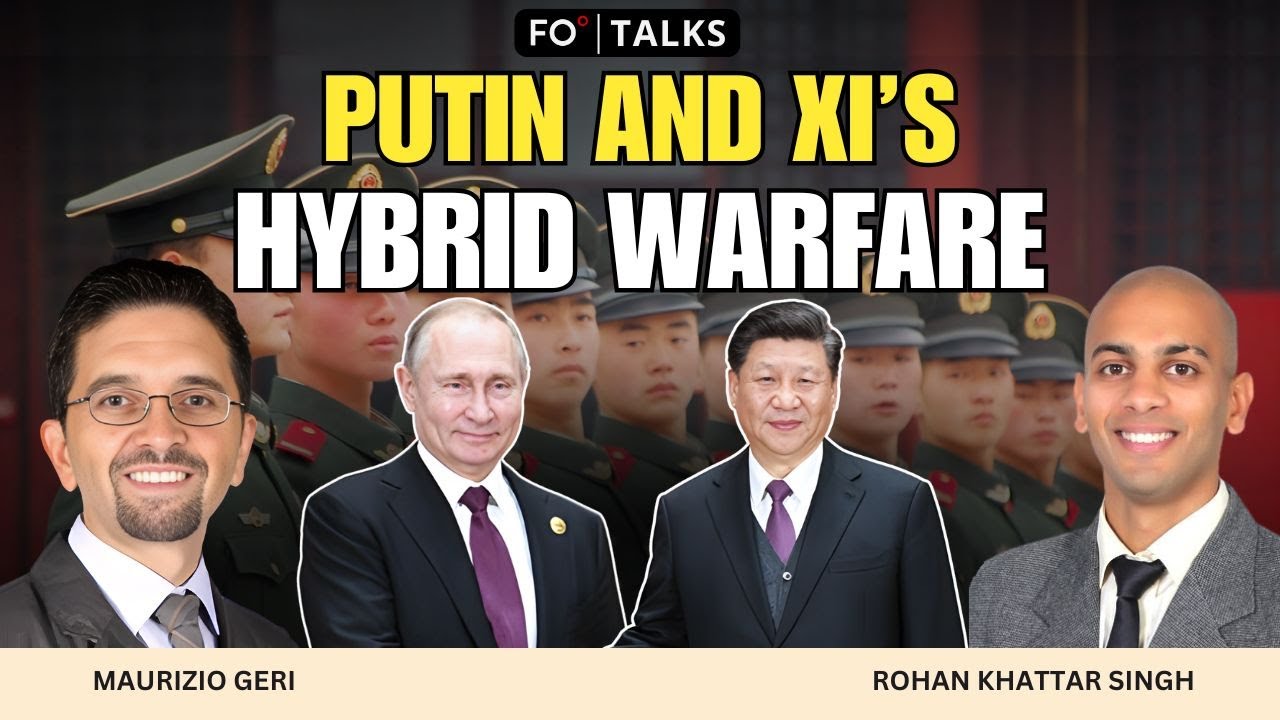








Comment